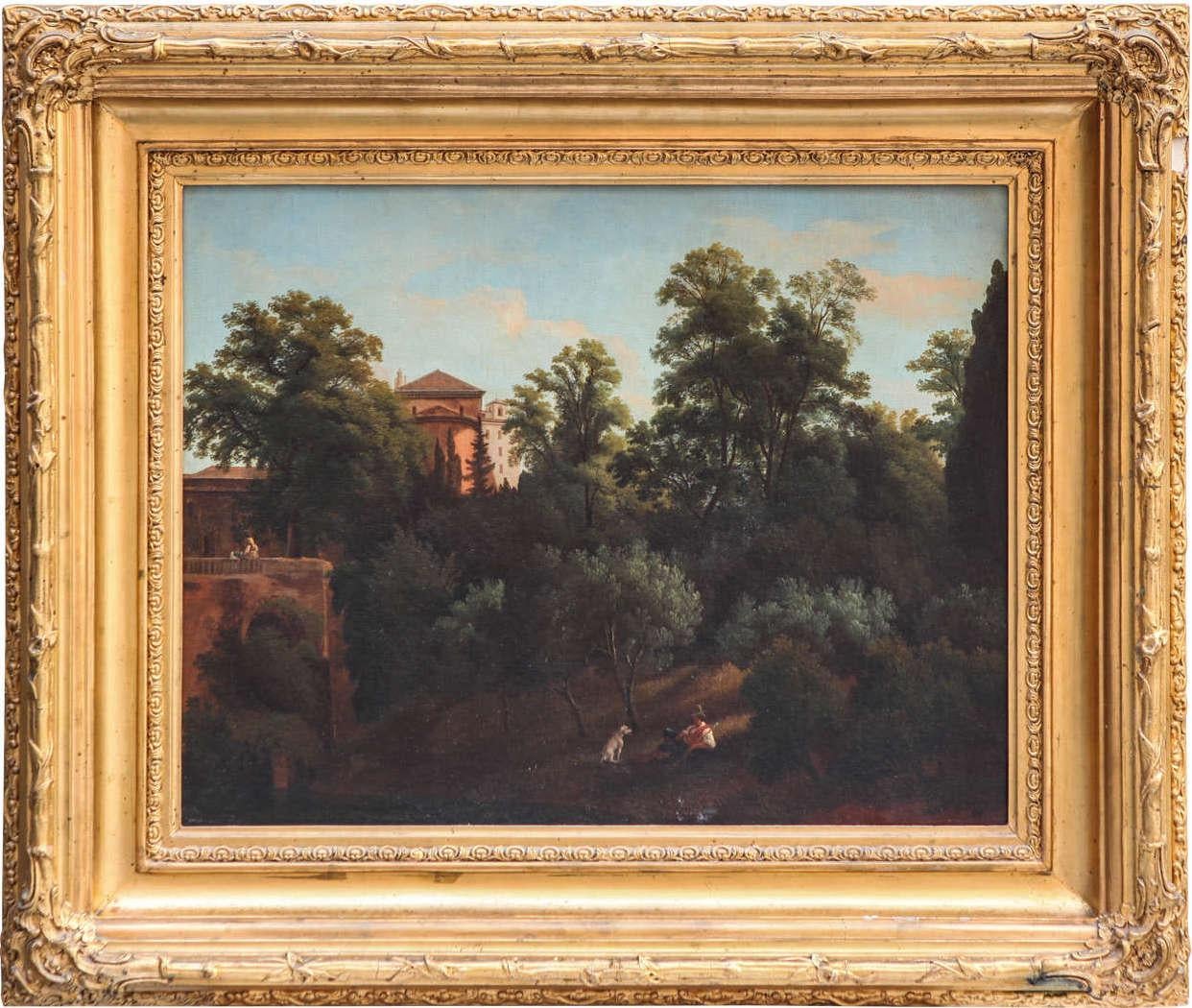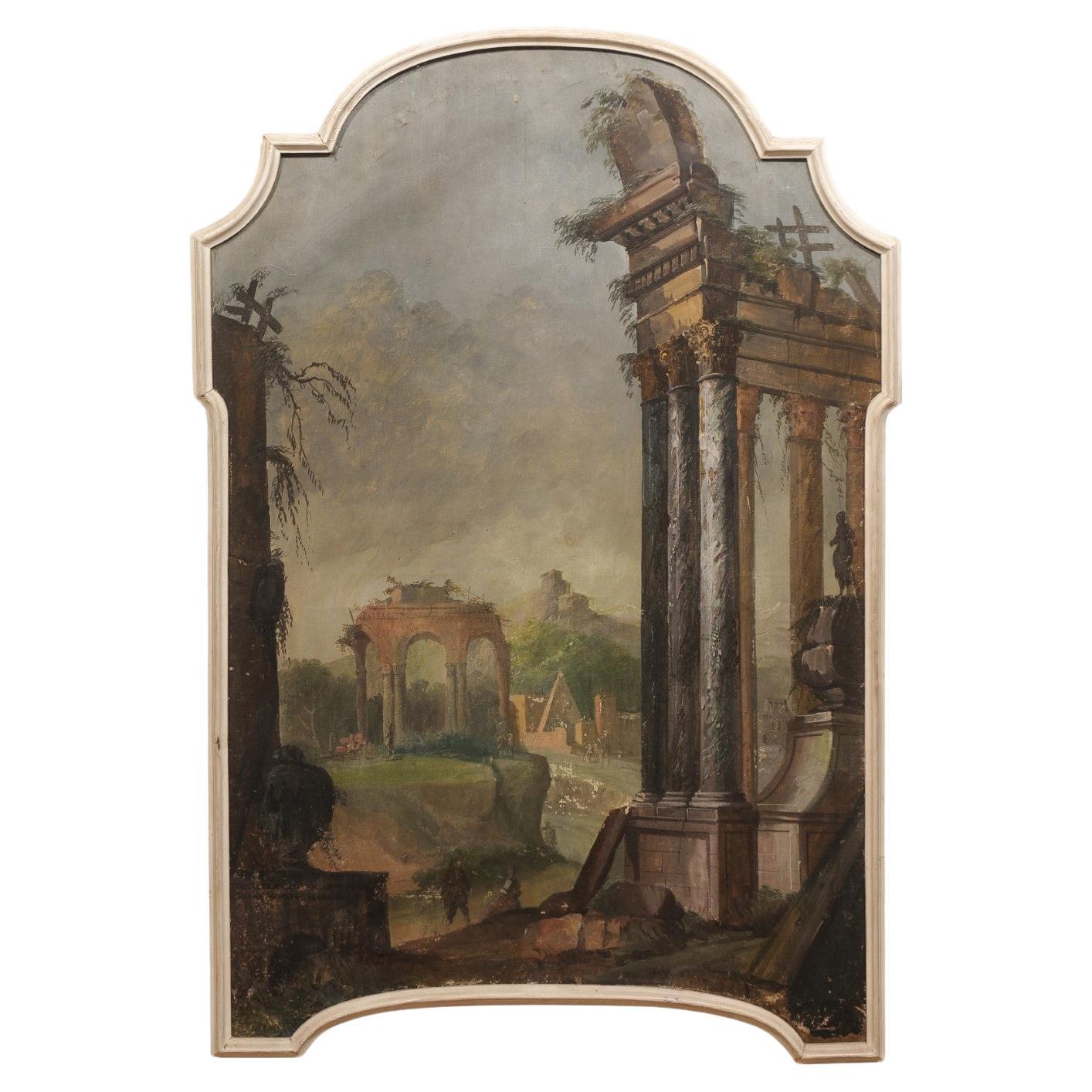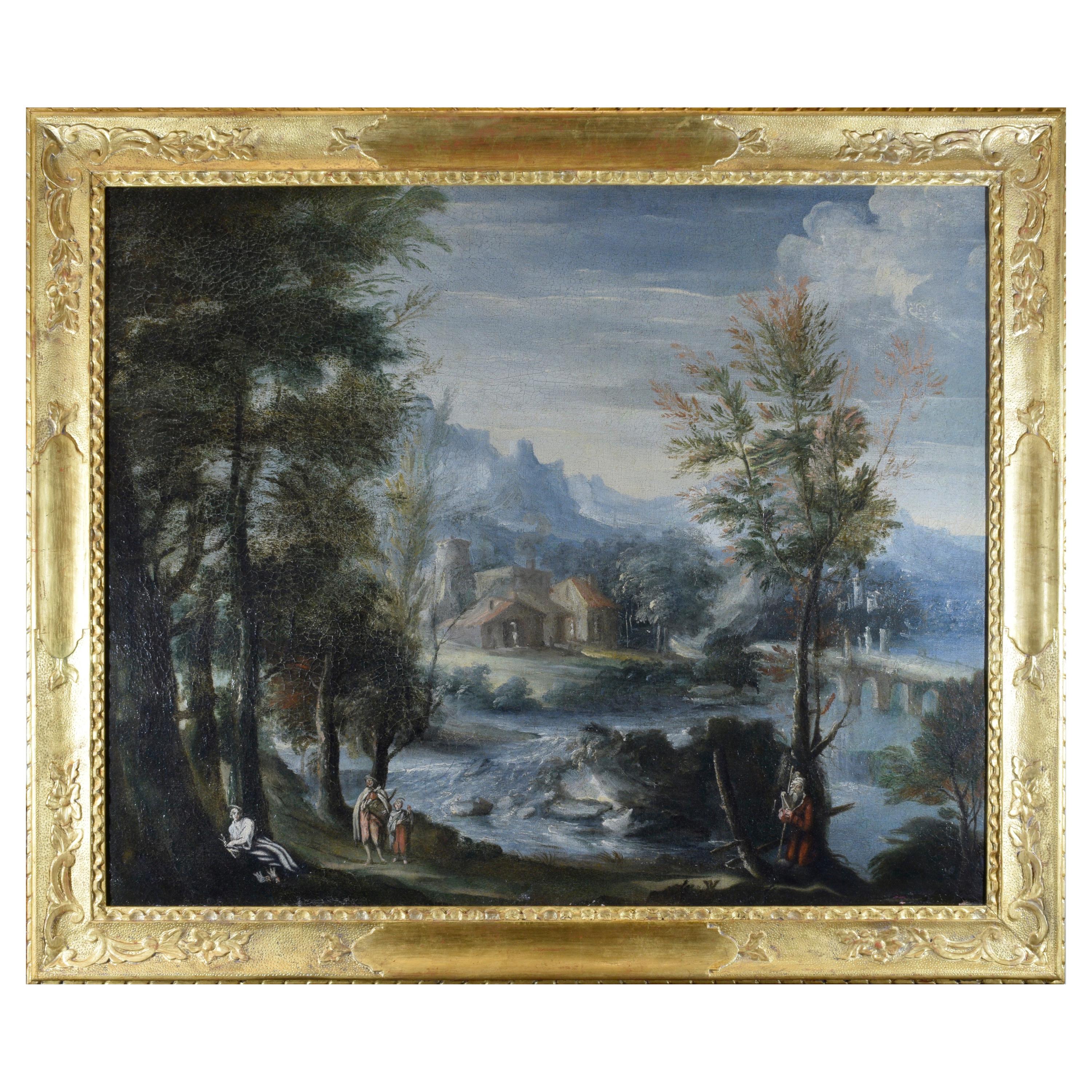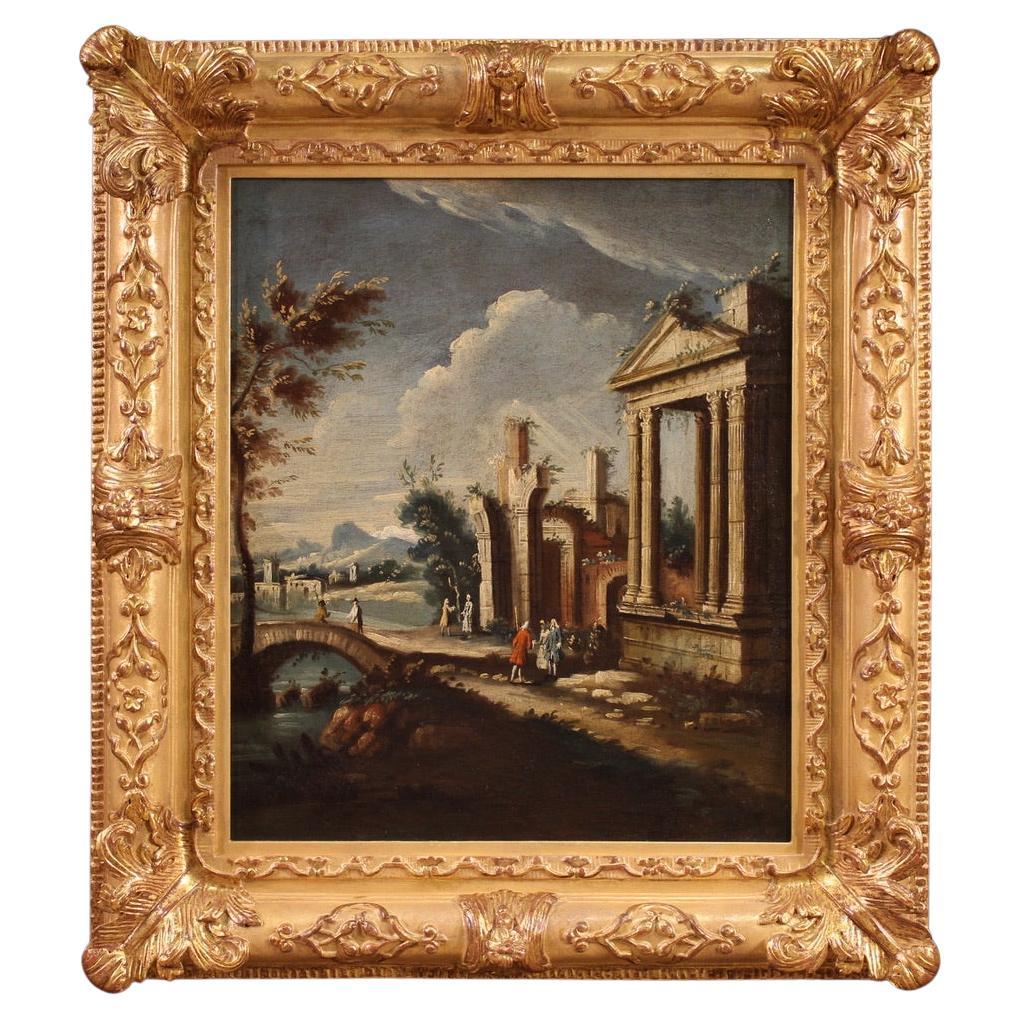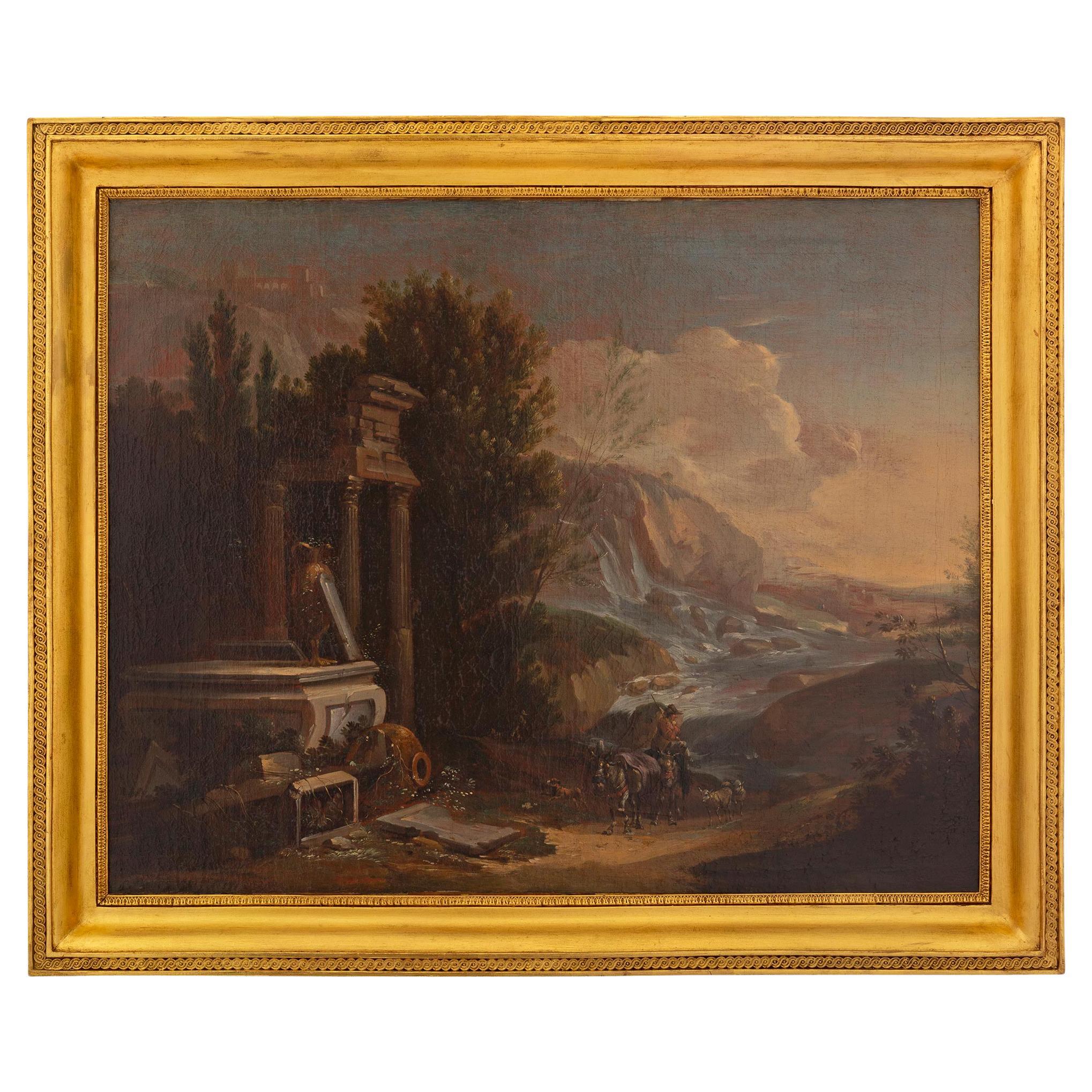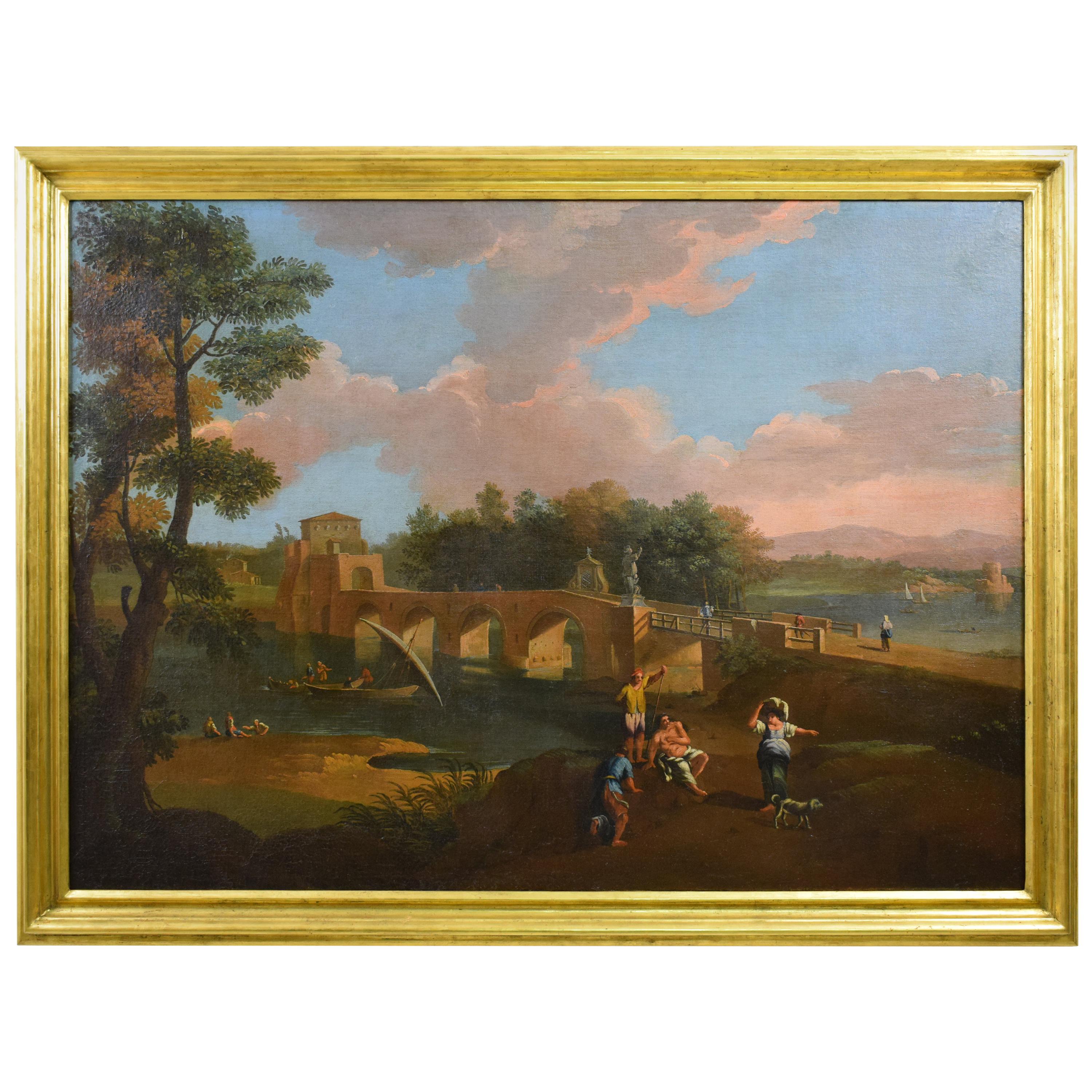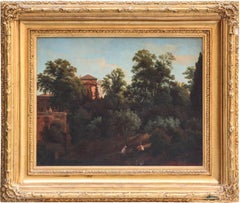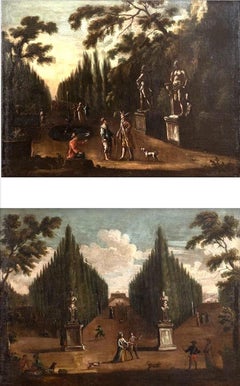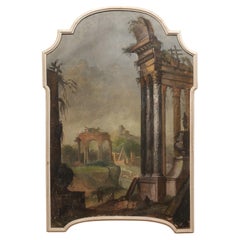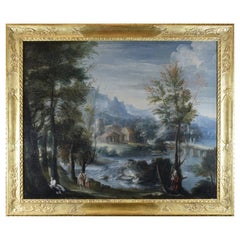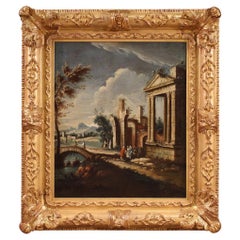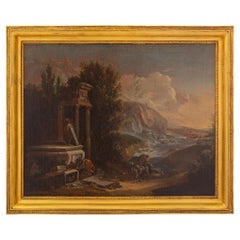Items Similar to 19th Century Roman Landscape oil on canvas with Giltwood Frame
Want more images or videos?
Request additional images or videos from the seller
1 of 11
Unknown19th Century Roman Landscape oil on canvas with Giltwood Frame1830
1830
$5,335.18
£3,992.81
€4,500
CA$7,360.35
A$8,185.01
CHF 4,298.94
MX$100,069.96
NOK 53,568.97
SEK 50,501.07
DKK 34,256.23
About the Item
Amaizing 19' century Roman landscape depicting a part of Villa Borghese with Trinità dei Monti.
With a finely carved gilt wood coeval frame.
Measurements with frame cm 65 x78 without frame cm 43x56
- Creation Year:1830
- Dimensions:Height: 25.6 in (65 cm)Width: 30.71 in (78 cm)Depth: 1.97 in (5 cm)
- Medium:
- Movement & Style:
- Period:
- Condition:
- Gallery Location:Rome, IT
- Reference Number:1stDibs: LU100416823412
About the Seller
5.0
Vetted Professional Seller
Every seller passes strict standards for authenticity and reliability
1stDibs seller since 2018
32 sales on 1stDibs
- ShippingRetrieving quote...Shipping from: Rome, Italy
- Return Policy
Authenticity Guarantee
In the unlikely event there’s an issue with an item’s authenticity, contact us within 1 year for a full refund. DetailsMoney-Back Guarantee
If your item is not as described, is damaged in transit, or does not arrive, contact us within 7 days for a full refund. Details24-Hour Cancellation
You have a 24-hour grace period in which to reconsider your purchase, with no questions asked.Vetted Professional Sellers
Our world-class sellers must adhere to strict standards for service and quality, maintaining the integrity of our listings.Price-Match Guarantee
If you find that a seller listed the same item for a lower price elsewhere, we’ll match it.Trusted Global Delivery
Our best-in-class carrier network provides specialized shipping options worldwide, including custom delivery.More From This Seller
View All19th Century Roman Landscape oil on canvas with Giltwood Frame
Located in Rome, IT
Amaizing 19' century Roman landscape depicting a part of Villa Borghese with Trinità dei Monti.
With a finely carved gilt wood coeval frame.
Measurements with frame cm 65 x78 wit...
Category
19th Century Old Masters Landscape Paintings
Materials
Oil
Pair of Italian 18' century Paintings with Gardens
Located in Rome, IT
Pair of Italian 18' century paintings , oil on canvas with Venetian Palace gardens , antiques sculptures and various figures .
Measurements with f...
Category
Mid-18th Century Old Masters Landscape Paintings
Materials
Oil
Pair of Italian 18' century Paintings with Gardens
Located in Rome, IT
Pair of Italian 18' century paintings , oil on canvas with Venetian Palace gardens , antiques sculptures and various figures .
Measurements with frame cm 75 x101
Category
Mid-18th Century Old Masters Landscape Paintings
Materials
Oil
Pair of Italian 18' century Paintings with Gardens
Located in Rome, IT
Pair of Italian 18' century paintings , oil on canvas with Venetian Palace gardens , antiques sculptures and various figures .
Measurements with frame cm 75 x101
Category
Mid-18th Century Old Masters Landscape Paintings
Materials
Oil
Pair of Italian 18' century Paintings with Gardens
Located in Rome, IT
Pair of Italian 18' century paintings , oil on canvas with Venetian Palace gardens , antiques sculptures and various figures .
Measurements with frame cm 75 x101
Category
Mid-18th Century Old Masters Landscape Paintings
Materials
Oil
Pair of Italian 18th Century Tempera on Canvas Classical Paintings "Capriccio"
By Pietro Paltronieri
Located in Rome, IT
A fine pair of huge Italian 18' century Capriccio with Classical ruins, tempera oil on canvas .
Atr.Pietro Paltronieri, il Mirandolese (Mirandola 1673-1741 Bologna).
Measurements ...
Category
Mid-18th Century Old Masters Landscape Paintings
Materials
Tempera
You May Also Like
19th Century Italian Classical Style Oil on Canvas Landscape in Frame
Located in Atlanta, GA
19th Century Italian Classical Style Oil on Canvas Landscape in Frame
Category
Antique 19th Century Italian Paintings
Materials
Canvas
Italian Landscape Oil on Canvas Early 18th Century Gold Frame Venetian School
Located in Prato, IT
Veneto, Italy, early 18th century
Oil on canvas
20th century frame carved and gilded in pure gold
Dimensions: cm W 93 x H 78,5 x D 5.
Category
Antique Early 18th Century Italian Paintings
Materials
Canvas, Wood
18th Century Oil on Canvas Venetian Architectural Capriccio Landscape Painting
Located in Vicoforte, Piedmont
Refined Italian landscape from the second half of the 18th century. Oil painting on canvas depicting a splendid view with ancient ruins and figures in Venetian dress...
Category
Antique 1760s Italian Paintings
Materials
Canvas
Italian 19th Century Oil on Canvas Painting in Its Original Giltwood Frame
Located in West Palm Beach, FL
A superb Italian 19th century oil on canvas painting in its original giltwood frame. The wonderfully executed painting depicts a beautiful Italian countryside at sunset with mountains in the background with a magnificent waterfall and river. Fallen ruins are in the foreground with a man riding sidesaddle with his dog and sheep...
Category
Antique 19th Century Italian Paintings
Materials
Canvas, Giltwood
Oil on Canvas, Roman Follower of Paolo Anesi, Landscape with Milvio Bridge
Located in IT
Roman School, follower of Paolo Anesi, Roman Landscape with the Milvio Bridge, Half of the 18th Century
Oil on canvas, measures: frame cm W 149 x H 112 x D...
Category
Antique Mid-18th Century Italian Louis XV Paintings
Materials
Canvas
18th Century, Old Master European Landscape Painting Italian School
Located in Atlanta, GA
Italian School, 18th century.
A masterful example of 18th-century Italian School artistry, this Old Master landscape painting captures the sublime beauty of an idealized European co...
Category
Antique 18th Century Italian Baroque Paintings
Materials
Canvas, Giltwood, Paint
$6,000 Sale Price
20% Off
More Ways To Browse
Geese Oil Painting
German Shepherd Painting
Hay Bales
Homage To Monet
Marsh Sunset
Newcomb Macklin Frame
Newcomb Macklin
Oil Painting Amalfi
Rafael Duran Benet
Royal Grafton
Smoky Mountains
Vintage Oil Clock
Walter Emery
Yorkshire Moors
Battleship Painting
Cowboy On Horseback Art
Harness Racing
Harpers Weekly Framed
